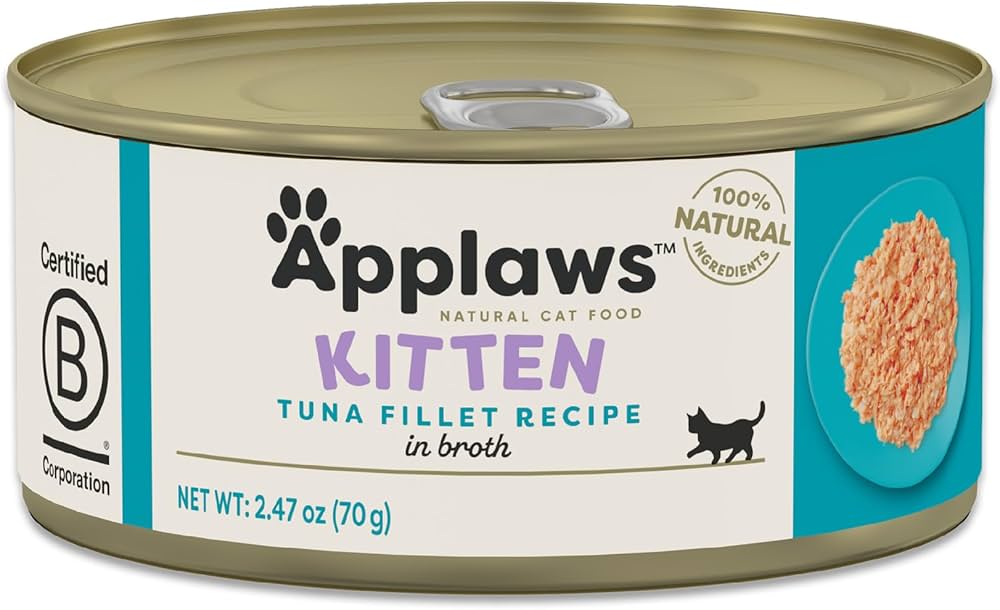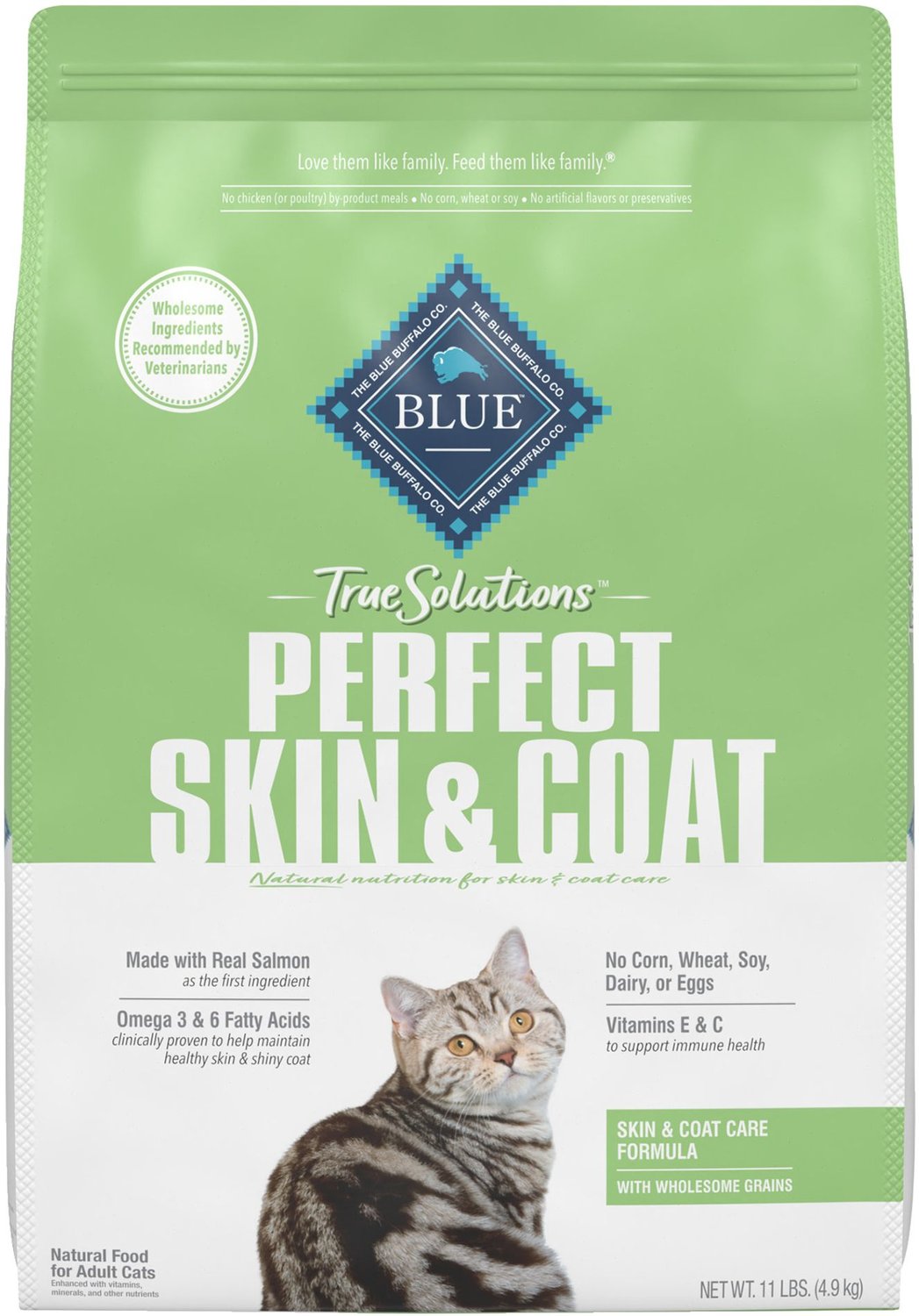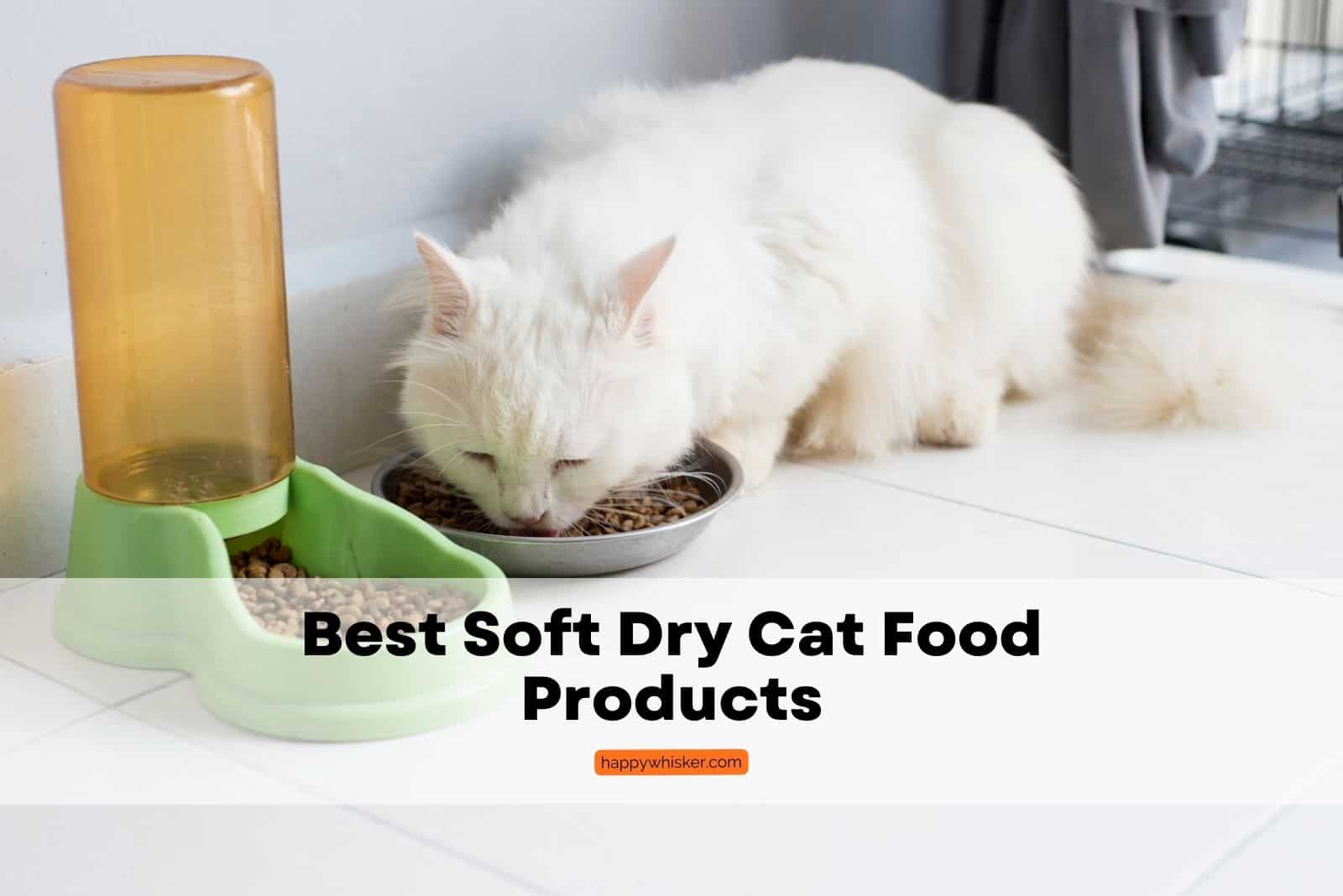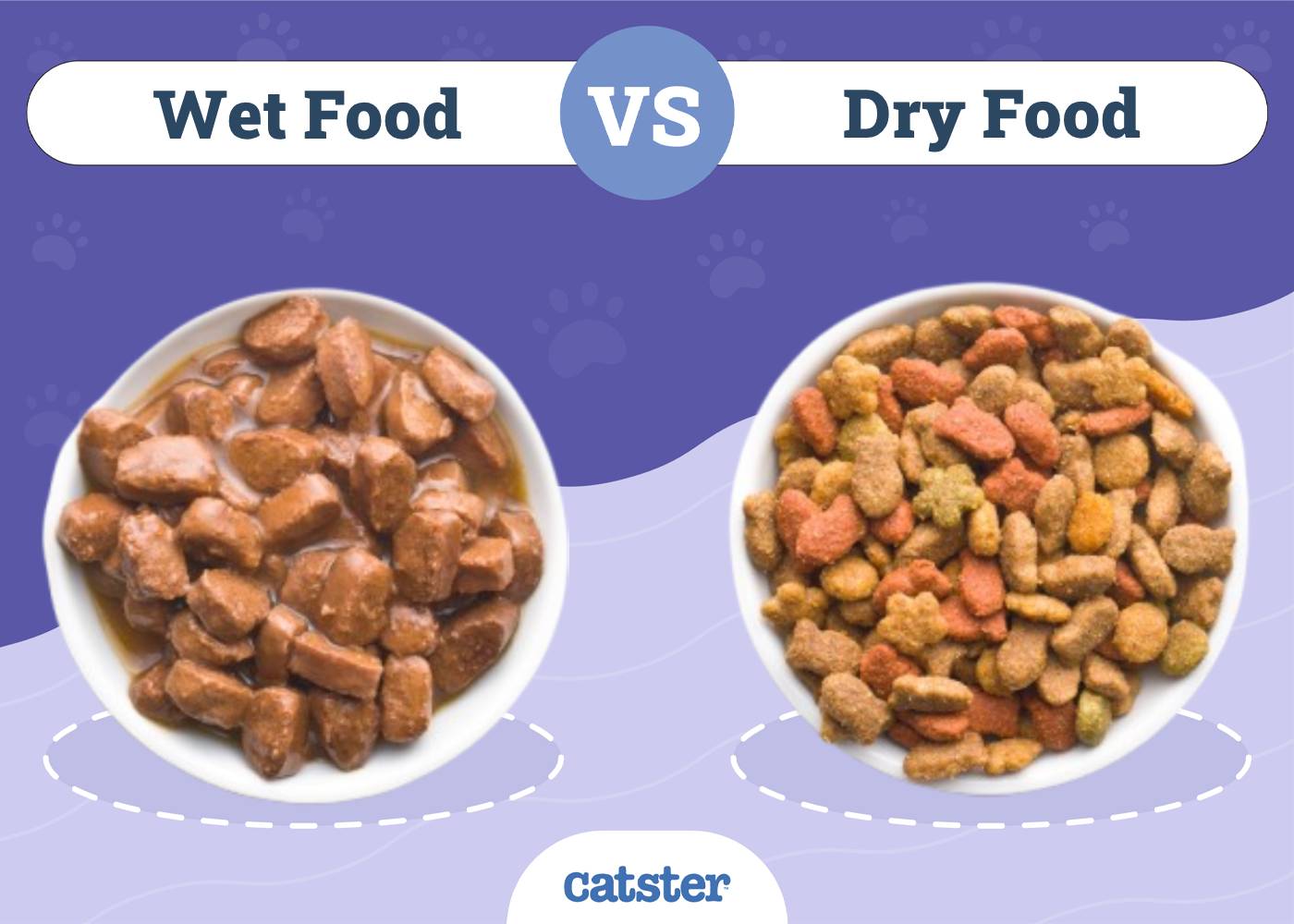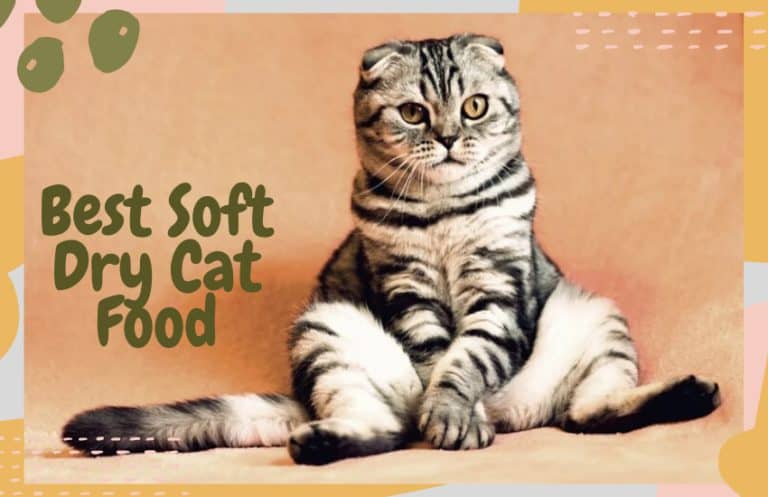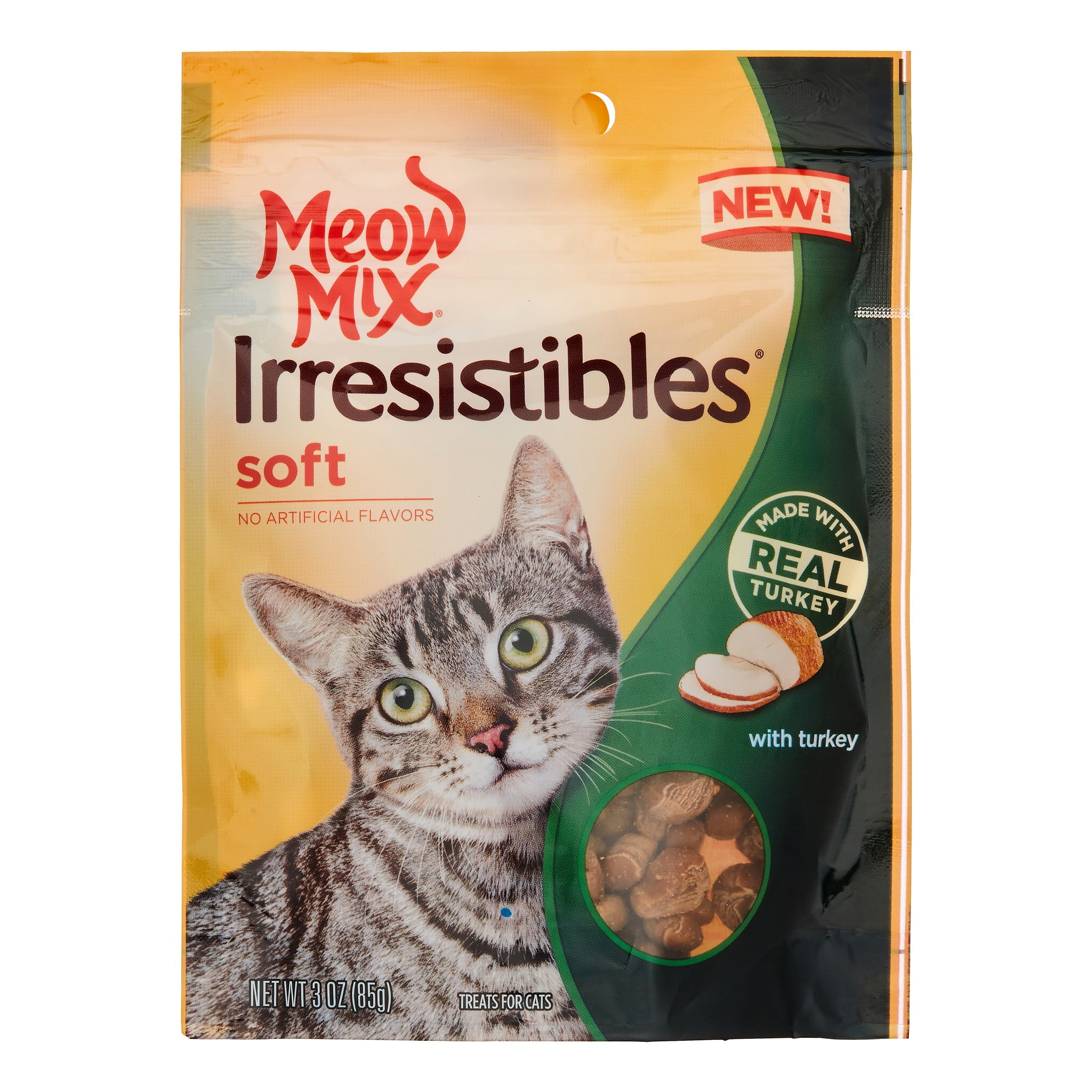Is There A Soft Dry Cat Food

For years, cat owners have navigated the pet food aisle, often faced with a stark choice: the crunch of dry kibble or the moisture-rich appeal of wet food. But a growing contingent of feline caretakers are seeking a middle ground – a *soft* dry food option that promises palatability and ease of digestion, especially for senior cats or those with dental issues. Is this a genuine category, or simply clever marketing?
The quest for soft dry cat food raises critical questions about pet nutrition, manufacturing processes, and the very definition of "dry" in the context of feline diets. This article delves into the burgeoning market of softer kibble, exploring its composition, potential benefits, drawbacks, and expert opinions to determine if it truly offers a viable alternative for discerning cat owners. We examine the claims made by pet food manufacturers, weigh them against veterinary advice, and ultimately assess whether *soft dry cat food* is a legitimate option, or merely a fleeting trend.
Defining "Soft Dry" Cat Food: What is it?
The term "soft dry cat food" can be misleading. Traditional dry kibble undergoes a process of extrusion, where ingredients are cooked under high pressure and then dried to a low moisture content, typically around 6-10%.
Soft dry foods, on the other hand, often utilize different processing methods. They may involve gentler cooking techniques or the addition of humectants – substances that retain moisture – to achieve a softer texture while still maintaining a dry or semi-moist state.
According to Dr. Emily Carter, a board-certified veterinary nutritionist, the moisture content is a key differentiator. "True dry food has a very low water content. Soft dry products generally fall somewhere between dry and wet food in terms of moisture, though still significantly drier than canned options."
Potential Benefits: Why Consider Soft Dry?
The primary appeal of soft dry food lies in its ease of consumption. Senior cats, or those with dental problems like missing teeth or gum disease, may find it difficult to chew hard kibble.
A softer texture can make mealtime more comfortable and encourage them to eat, which is crucial for maintaining their weight and overall health. It also reduce the risk of the cat throwing up after eating because it is easy to chew.
Furthermore, some cats simply prefer the texture of softer foods. This can be helpful for picky eaters or those transitioning from wet to dry food. The transition must be monitored.
Drawbacks and Concerns: What to Watch Out For
Despite the potential advantages, soft dry food also presents some concerns. The higher moisture content, while making it softer, also increases the risk of spoilage if not stored properly.
Mold and bacteria can thrive in a moist environment, so it's essential to follow storage instructions carefully and discard any uneaten food promptly. The best way to store is using air tight containers.
Moreover, some softer kibble formulations may contain higher levels of sugar or other additives to enhance palatability. "It's crucial to scrutinize the ingredient list," advises Dr. Carter. "Look for whole protein sources as the primary ingredients and avoid foods with excessive amounts of fillers, artificial colors, or preservatives."
Expert Opinions: What Veterinarians Say
Veterinarians generally agree that soft dry food can be a suitable option for cats with specific needs, such as dental problems or age-related eating difficulties. However, they emphasize the importance of choosing a high-quality brand and carefully monitoring the cat's health.
Dr. James Thompson, a practicing veterinarian with over 20 years of experience, notes that, "While soft dry food can be helpful, it's not a substitute for proper dental care. Regular teeth cleaning and checkups are still essential for maintaining your cat's oral health."
He added that, "I also advise owners to be mindful of the calorie density of soft dry food. Some formulations can be higher in calories than traditional dry food, which could lead to weight gain if not fed in appropriate portions."
Navigating the Market: Choosing the Right Product
The market for soft dry cat food is expanding, with numerous brands offering various formulations. Choosing the right product requires careful research and consideration of your cat's individual needs.
Start by consulting with your veterinarian to determine if soft dry food is appropriate for your cat. Read reviews, compare ingredients, and look for brands that have undergone rigorous testing and quality control measures.
Pay close attention to the guaranteed analysis on the label, ensuring that the food meets your cat's nutritional requirements for protein, fat, and other essential nutrients. A lot of brand may advertise, but not all brands are equal.
Looking Ahead: The Future of Feline Nutrition
The development of soft dry cat food reflects a growing trend towards personalized pet nutrition. As pet owners become more aware of the unique needs of their feline companions, manufacturers are responding with a wider range of specialized diets.
Advancements in food processing technology may lead to even more innovative and palatable options in the future, further blurring the lines between dry and wet food. The development of ingredient will also influence the food choice.
Ultimately, the decision of whether or not to feed your cat soft dry food should be based on a thorough assessment of its individual health, preferences, and nutritional requirements, guided by the advice of your veterinarian. Always research carefully and read trusted review before deciding.
